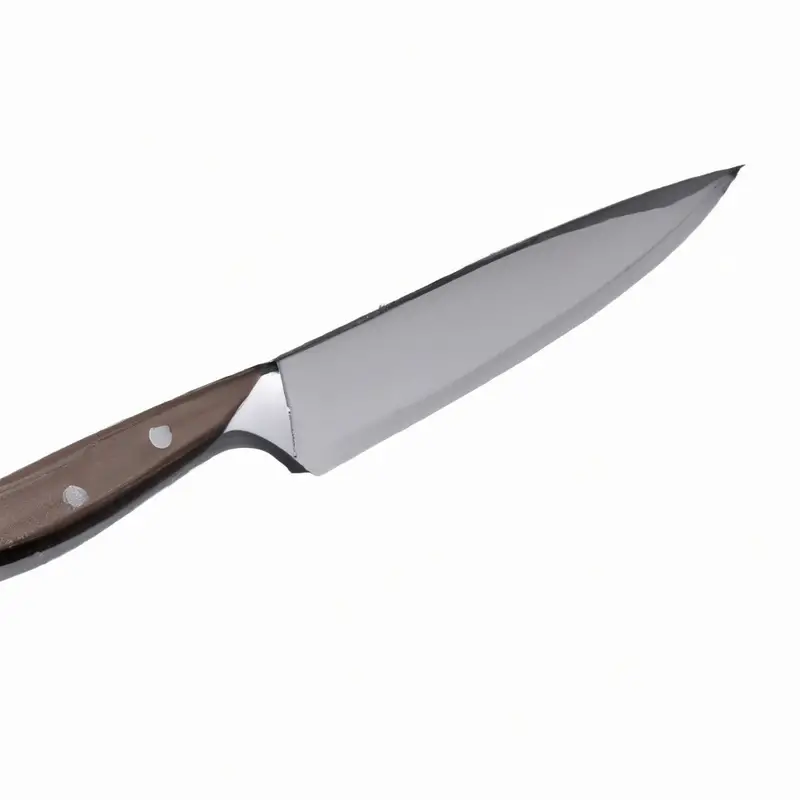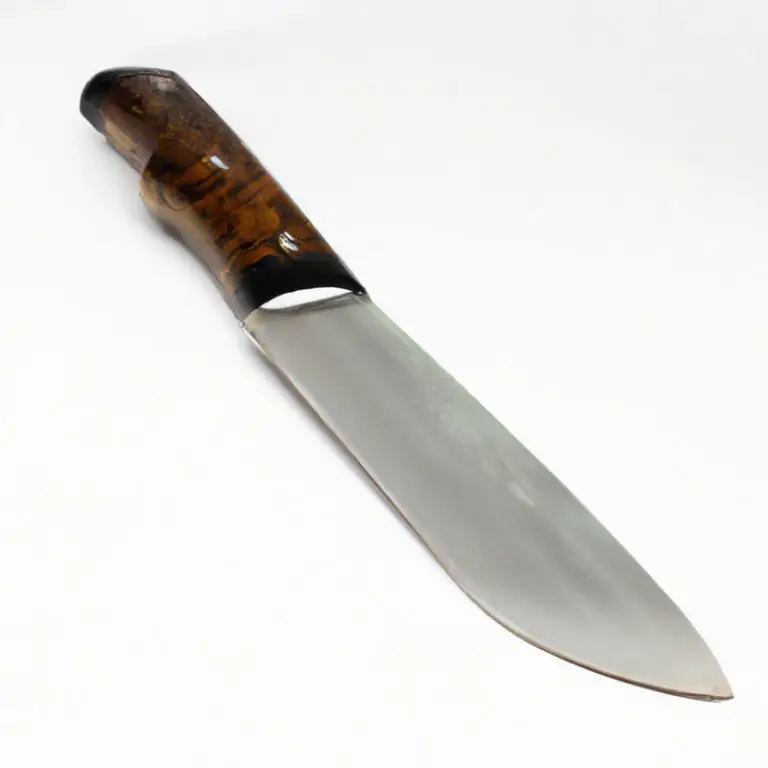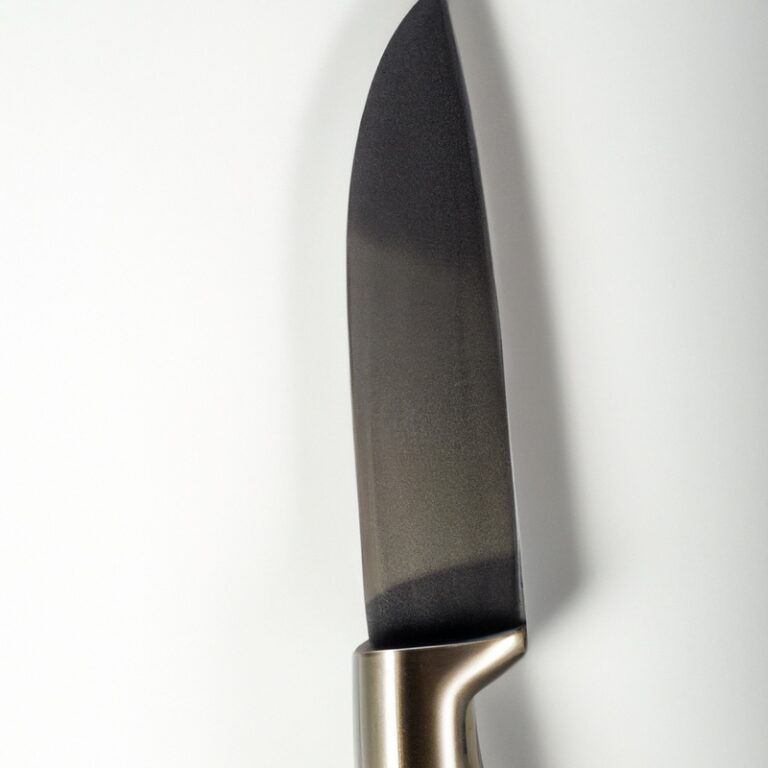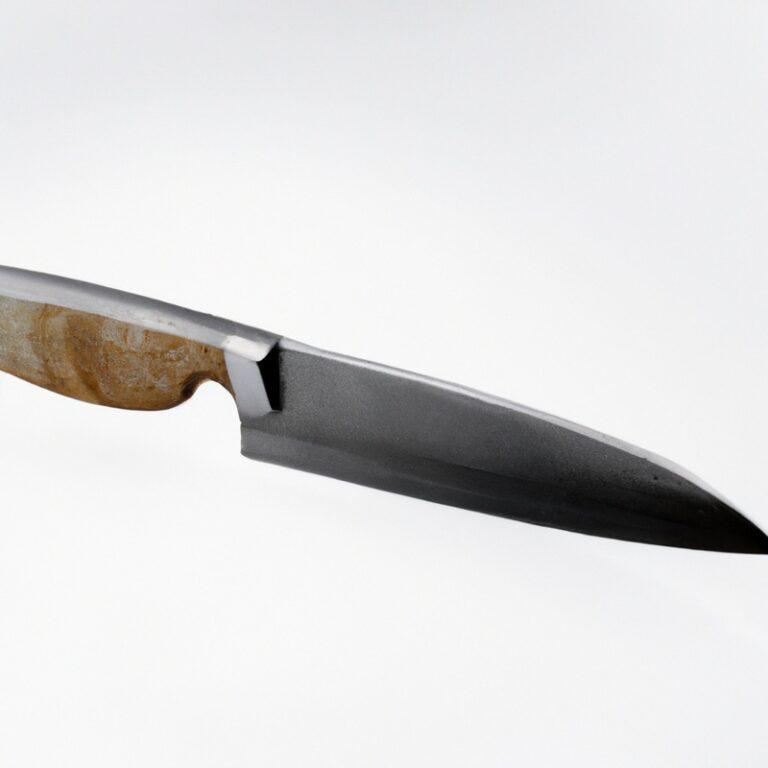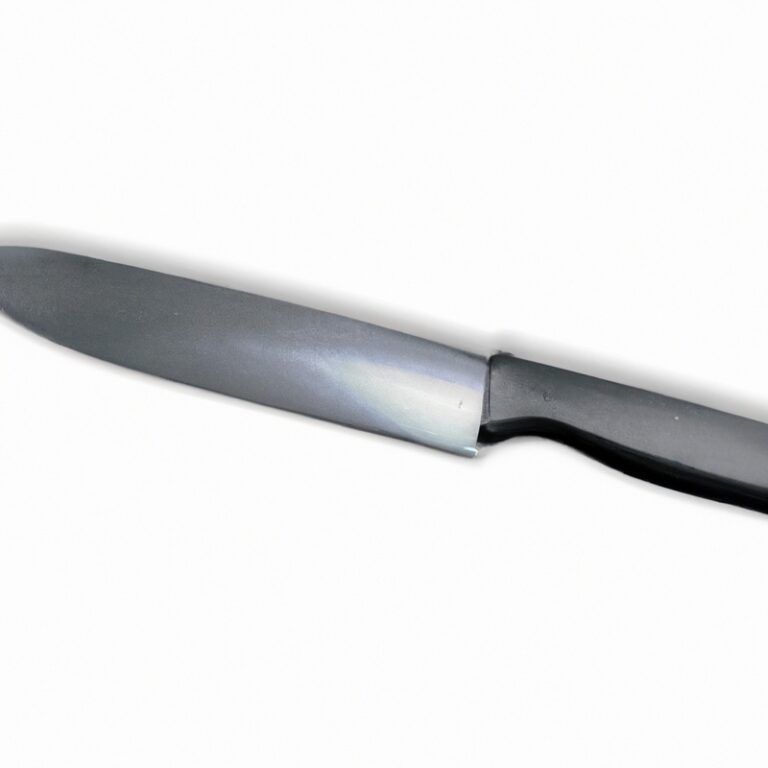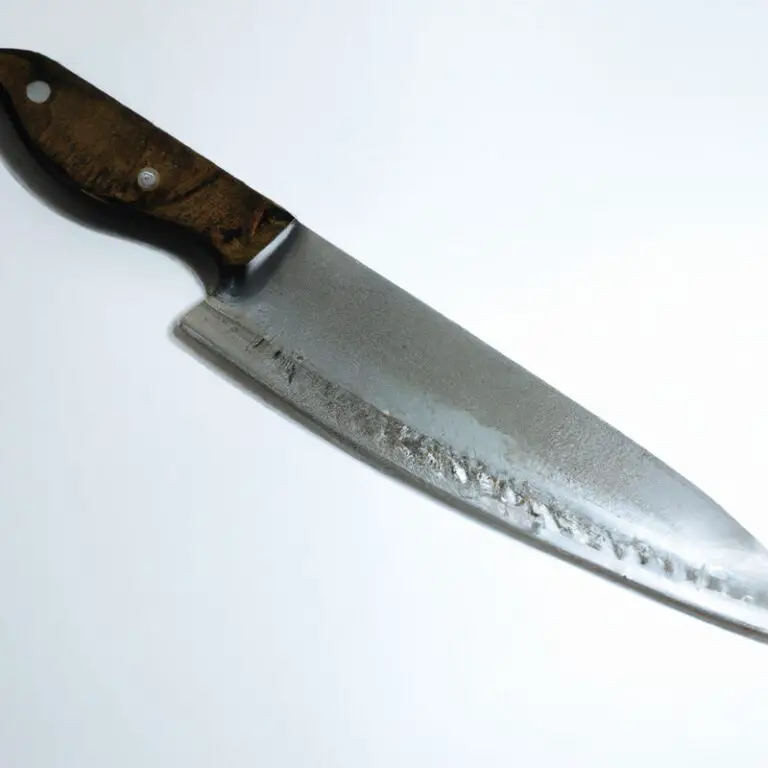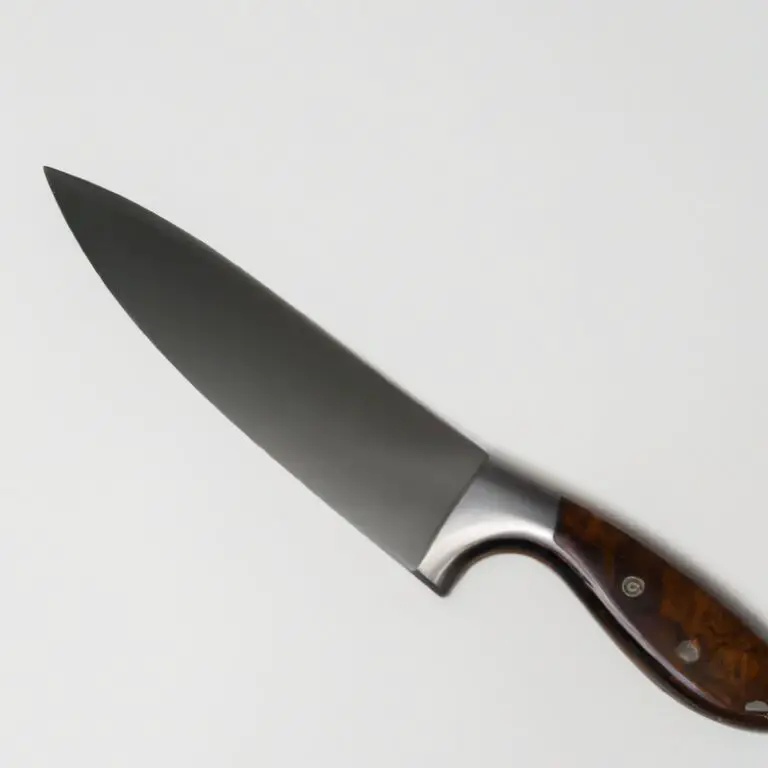How To Fillet a Steelhead Using a Fillet Knife Like a Pro?
Key Takeaways:
- Proper filleting of a steelhead requires a sharp fillet knife to ensure clean cuts and efficient removal of bones.
- Begin by removing the head and tail, precisely cutting along the spine to separate the fillet from the bones.
- It’s important to angle the knife correctly and use a gentle sawing motion to avoid damaging the meat and creating unnecessary waste.
- Practice and patience are key in mastering the art of filleting, so don’t be afraid to make mistakes and refine your technique over time.
Are you ready to learn how to fillet a steelhead like a pro? If you’re an avid fisherman, the thought of cooking a freshly caught fish might be mouth-watering.
However, the filleting process can be intimidating, especially for beginners.
But fear not, with the right tools and techniques, you can accomplish this with ease. In this article, I’ll guide you through the steps to fillet a steelhead using a fillet knife.
From choosing the right knife to storing your fillets, we’ll cover everything you need to become a skilled fillet master.
So, grab your fillet knife and let’s get started!
| Steps | Description |
|---|---|
| Step 1 | Place steelhead on a flat surface with the head facing away from you. Use a sharp fillet knife to make a cut along the spine, starting from the dorsal fin and cutting towards the tail. |
| Step 2 | Continue the cut along the spine, stopping just before the tail. You should have one fillet that is still attached to the fish at the tail. |
| Step 3 | Repeat the first two steps on the other side of the fish to remove the second fillet. |
| Step 4 | Place the first fillet skin-side down and use the knife to remove the skin by inserting the blade between the flesh and skin and cutting at a slight downward angle. |
| Step 5 | Repeat step 4 on the second fillet to remove the skin. |
| Step 6 | Trim any remaining bones or dark red flesh from the fillets to prepare them for cooking. |
Choose the Right Fillet Knife
Choosing the right fillet knife is crucial to ensuring a successful filleting process. The right knife should feel comfortable in your hand and have a flexible blade that is long enough to reach all the way through the fish.
A blade length of 6-9 inches is ideal for most fish species, including steelhead.
You should also look for a fillet knife with a sharp, thin, and flexible blade made of high-quality stainless steel. A dull blade can make it difficult to separate the skin from the flesh, and a thick or rigid blade can make it difficult to maneuver around bones and other obstacles.
A good fillet knife should also have a comfortable and non-slip grip that allows you to maintain control over the knife, even when it’s wet.
Wooden or rubber handles are good options, as they offer a good grip even in wet conditions. Investing in a high-quality fillet knife is worth it in the long run, as it will last longer and make the filleting process much easier.
Look for reputable brands and read reviews from other fishers to find the best fillet knife for your needs.
Prepare the Steelhead for Filleting
Before you begin filleting your steelhead, you must properly prepare the fish. Start by placing the steelhead on a stable work surface.
Rinse the fish under cold water and use a clean towel to pat dry.
Next, remove the scales from the steelhead using the backside of a knife or a scaler. This will make the filleting process easier and smoother.
Once the scales are removed, use a sharp fillet knife to make an incision just behind the gills and cut towards the backbone.
Cut along the backbone towards the tail, stopping just before the tail fin. Then, using the knife, cut behind the rib bones and remove the fillet.
Repeat the same process on the other side of the fish.
Now that you have two fillets, be sure to remove any remaining bones using needle-nose pliers or tweezers. Rinse the fillets under cold water and pat them dry with a clean towel.
Proper preparation of the steelhead will make the filleting process easier, faster and safer.
Begin Filleting the Steelhead
To begin filleting a steelhead, first, make sure that you have a sharp fillet knife and a stable work surface. Lay the fish on its side and make a vertical cut behind the gills down to the backbone.
Then, cut down to the backbone along the top of the fish towards the tail.
Repeat on the other side of the fish. Using the same technique, remove the head, and make a horizontal cut across the bottom of the fish just above the tail to free the fillet.
Work Your Way Along the Backbone
To work your way along the backbone of the steelhead, start by turning the fish over and placing the fillet knife behind the gills. Cut straight down the spine until you reach the base of the head.
Then, turn the blade towards the tail and slice along the backbone, keeping the blade close to the bones.
Repeat on the other side of the fish. When filleting, it’s important to avoid cutting through the bones or wasting any meat.
Take your time and use small, precise cuts.
A flexible blade will help you navigate the curves of the spine and ensure you don’t miss any meat. Removing the fillet from the backbone may require a bit of extra pressure, but be careful not to force it and damage the meat.
With practice, you’ll learn to feel for the natural separation between the flesh and the bones.
Overall, working your way along the backbone can be a challenging step in filleting a steelhead, but with a sharp, flexible knife and a steady hand, you can achieve beautiful, boneless fillets.
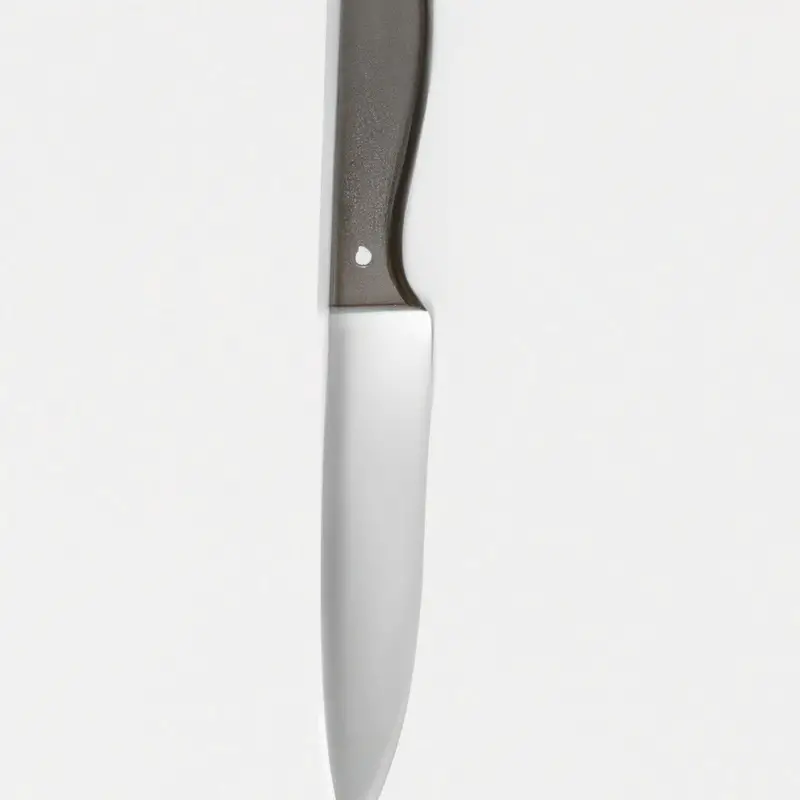
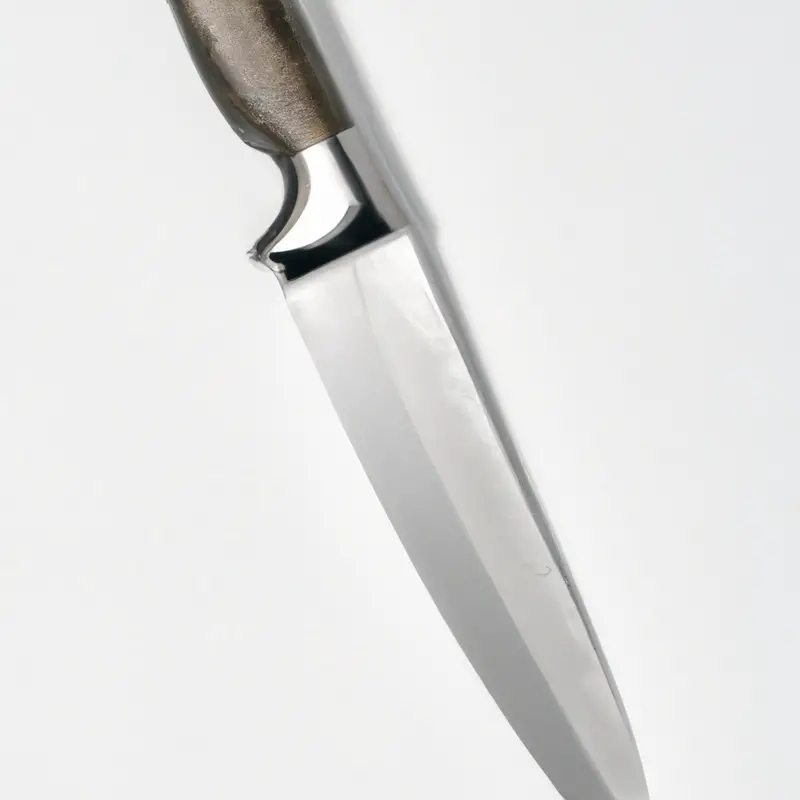
Remove the Skin from the Fillet
To remove the skin from the fillet, lay the fillet skin-side down on a flat surface. Hold the tail end of the fillet with one hand and use the other hand to make a small cut between the skin and flesh at the tail end of the fillet using a fillet knife.
Holding onto the tail end of the fillet while cutting will help you get a better grip.
Once the initial cut is made, use a back-and-forth sawing motion with the knife to continue cutting the skin away from the flesh, keeping the blade angled down towards the skin. Apply gentle pressure to separate the skin from the flesh, but be careful not to cut through the skin or remove too much flesh.
As you work your way down the fillet, use your non-knife hand to hold the fillet steady and use your fingers to feel for any small bones that may have been left behind.
Once you’ve removed the skin from the fillet, repeat the process with the other side. Removing the skin from the fillet can be a bit tricky at first, but with practice, it will become easier.
Just remember to take your time, use a sharp knife, and be careful not to waste any of the flesh as you go.
Remove Any Remaining Bones
To remove any remaining bones from the fillet, you can use a pair of clean tweezers or pliers. Run the tweezers along the fillet and feel for any small bones that might have been left behind.
Gently pull out the bones with the tweezers or pliers, being careful not to damage the flesh of the fillet.
An alternative method is to use a fish bone remover. This handy tool can quickly and easily remove any remaining bones from the fillet, leaving behind perfectly clean flesh.
It’s important to thoroughly go over the fillet to ensure that no bones remain, as they can be hazardous if ingested.
Once all the bones have been removed, you can repeat these steps on the other side of the fish. Finally, it’s always a good idea to double-check the fillet one last time before cooking or storing it.
With all the bones removed, you’re ready to prepare your delicious steelhead dish.
Repeat on the Other Side
After completing the fillet on one side of the steelhead, it’s important to repeat the process on the other side to get both fillets out. Start by positioning the fish on its opposite side and begin the filleting process from the tail, making a cut along the backbone like before.
Work your way down, separating the fillet from the rib cage and removing any bones.
Once you have completed the second fillet, rinse both fillets to remove any remaining scales or debris and store them properly. Remember to practice safety measures when handling the knife and the fish.
Being consistent and precise in your cuts will result in evenly sliced fillets that are ready for cooking or freezing.
Rinse the Fillets and Store Them Properly
Rinsing the fillets is an essential step in preserving their quality and taste. Use cold running water to rinse the fillets thoroughly, removing any remaining scales, blood, or debris.
Pat the fillets dry with paper towels or a clean cloth to remove excess moisture.
Next, store the fillets properly to ensure their freshness. Wrap the fillets tightly in plastic wrap or place them in an airtight container.
Label the container with the date of filleting and store it in the refrigerator or freezer.
Fresh fillets should be consumed within two to three days, while frozen fillets can last up to six months. Properly storing and handling the fillets will help maintain their quality and flavor for a longer time.
Tips for Safe and Efficient Filleting
To ensure safe and efficient filleting, here are some tips to keep in mind:
- Use a sharp fillet knife to avoid accidents and make clean cuts.
- Always have a solid and stable work surface and grip the fish firmly.
- Keep your fingers away from the blade by curling them under and using your knuckles to guide the knife.
- Take your time and don’t rush, as this can lead to mistakes and accidents.
- Fillet the fish in a well-lit area and wear protective gear such as gloves and eye goggles.
- Dispose of any waste properly to avoid injury and contamination.
- Practice proper hygiene and sanitize your equipment, hands, and work area after filleting.
By following these tips, you can ensure a safe and efficient filleting process while producing high-quality fillets to cook and enjoy.
Mastering Your Filleting Technique
Mastering your filleting technique is essential to ensure you get the most out of your catch. It takes practice to perfect the skill, but with some time and dedication, you’ll be filleting fish like a pro.
Here are some tips to help you master your filleting technique:
- Keep your knife sharp: A dull knife can cause accidents and make the process more difficult. Ensure to have a sharpening tool and sharpen your knife before every use.
- Use the right technique: Always cut towards the head of the fish and use long, smooth strokes from the tail to the head. Cut as close to the bone as possible and avoid sawing back and forth as it can damage the flesh.
- Be patient: Don’t rush the filleting process. Take your time to ensure you get the most meat out of the fish and avoid wasting any.
- Use your non-dominant hand: Use your non-dominant hand to hold the fish firm and stable during the process.
- Practice, practice, practice: The more you practice, the better you’ll become. Try filleting smaller fish first before moving onto larger ones.
Mastering your filleting technique may take some time, but with a bit of patience, practice, and the right tools, you’ll soon have perfectly filleted fish every time.
Final Verdict
Filleting a steelhead using a fillet knife can be a daunting task for beginners, but with enough practice, it can become second nature. Remember, choosing the right fillet knife, preparing the fish properly, and practicing safe and efficient techniques are crucial for a successful filleting experience.
By following the step-by-step instructions outlined in this article and keeping in mind the tips shared, you can confidently fillet a steelhead like a pro.
As a result, you’ll be able to enjoy a delicious seafood dish in the comfort of your own home. So, go ahead, give it a try, and trust in your newly acquired skills!

